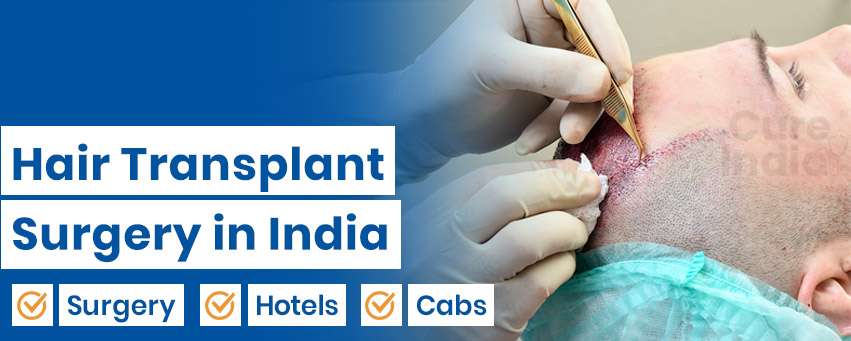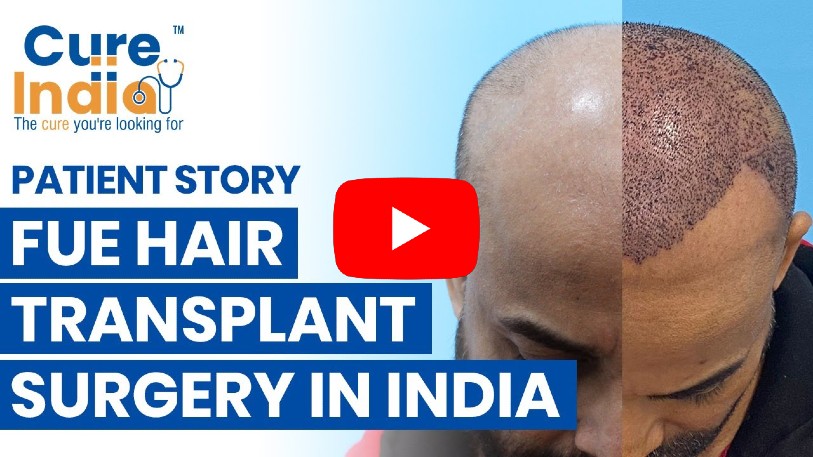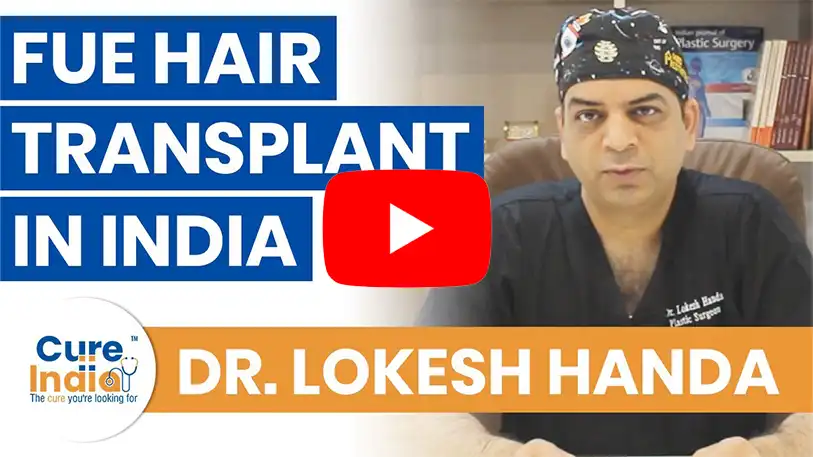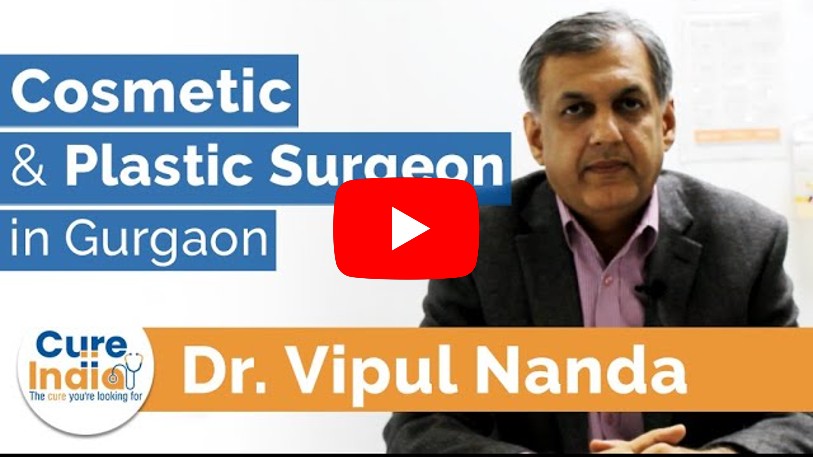

Hair transplant surgery is a surgical technique used to transplant hair from one part of the body to another. The most common areas to transplant hair are from the back of the head to the front, and from the front of the head to the back. Hair transplant surgery is most often used to restore hair after hair loss due to chemotherapy or other treatment.
Hair transplant surgery is a process that replaces hair that has been lost through natural or medical causes. The surgery can also be used to change the appearance of hair that has been damaged from alopecia or chemotherapy. In this process, individual hairs are taken from the head and then implanted into the bald areas to create a new head of hair.
The process is usually performed in stages, with the patient being given time to recover before proceeding to the next stage. The first stage of hair transplant surgery involves a temporary scalp incision, where the surgeon removes a strip of scalp and hair follicles from the back of the head. This strip is then processed so that it can be transplanted onto the bald areas of the head. The transplanted hair will grow for up to two years before it starts to thin out and needs to be removed and replaced with new hair.
Hair transplant surgery is a surgical procedure in which hair follicles are removed from the back of the head and placed on the scalp to improve hair growth. The process is usually done with a scalpel, and it can be done in different ways. For example, when a surgeon wants to transplant hair from the back of the head to the front, the first use a thin needle to extract hair follicles from the back of the head. After this, they will cut small incisions into the scalp where they will place the extracted hair follicles. The incisions are then closed up with sutures.
A Hair Transplant Surgery (also called hair replacement) is a surgery performed to move hair from one part of the body to the other. The Hair Transplant is a minimally invasive procedure which provides results that look and feel so natural, no one should be able to tell if one has had the procedure done.



A hair transplant is a procedure that transplants hair follicles from one part of the body to another. This can be done to restore hair growth in areas where it has been lost or to prevent further hair loss.
The procedure is usually performed by a dermatologist or plastic surgeon. Before the procedure, the patient will need to take a series of medications that are designed to stop hair loss and promote hair growth. These medications can be taken orally or by injection.
After the medications have been taken, the doctor will shave the area where the transplant will take place. A topical anesthetic is then applied to numb the scalp and a small incision is made in the scalp with a scalpel. The surgeon will then remove tiny plugs of tissue containing hair follicles from the back of the head and transplant them onto the balding areas of the scalp.
For The Hair Transplant surgery, doctors are able to use different techniques to extract and transplant large numbers of hair follicles. There are two main Hair Transplant methods employed for Hair Transplantation which are the FUE (Follicular Unit Extraction) and the FUT (Follicular Unit Transplantation). These two Hair Transplant methods differ in the way hair follicles are extracted from the donor area, details of which are explained below.
FUT is a Hair Transplant technique in which strip of skin from a non-bald area is first removed. This donor site is usually the back of the head. The wound edges are then closed leaving a single, generally fine scar.
The strip of removed scalp is then divided into as many as 500 to 2,000 tiny grafts, each with an individual hair or just a few hairs. These are each relocated to the balding areas being treated, known as the recipient sites.
A person should go for FUT if he only requires a few grafts.
One of the main disadvantages of FUT transplants is that they typically lead to scarring around the donor site. Some people may also experience pain and swelling in this area.
In FUE surgery firstly the back of the head is shaved and then individual hair follicles are removed, as opposed to taking an entire strip of scalp.

Hair follicles are removed in a random fashion resulting in less density in the donor area that is not even noticeable.
If one has to compare FUE and FUT, then FUE is relatively less invasive than FUT, and there are lesser complications in FUE, such as scarring or post-operative pain.
Another advantage of FUT is that thickness at the donor sites is not affected since the hair follicles are removed from different areas, rather than from one single site.
However, FUE Hair Transplant surgery is often more expensive than FUT.
If you are considering a hair transplant or hair replacement, there are a few things to consider. The first is that you should be completely honest with yourself about the risks and benefits of the procedure. Hair transplant operations are not for everyone and you should think about if it is something you really want to do.
It's important to think about the long-term effects of the procedure, such as hair loss. There are also a few precautions you should take before and after the procedure, such as not smoking, not drinking alcohol, and not taking certain medications.
Hair Transplant surgery is considered to be a very safe procedure overall with minimal risks. However, the minimal risks associated with Hair Transplant Surgery procedure include:
Hair Transplant Surgery/Hair Replacement Surgery Recovery is a long process. It takes a significant amount of time to recover and get back to your old self. The first few weeks can be the most difficult because you will be in pain and feel weak. You will also experience some complications with your hair. However, by the end of the first month, you should start to feel better and be able to resume your normal routine.
The newly transplanted hair starts to fall out within 2 to 3 weeks after Hair Transplant surgery. However, but you should expect new hair growth within a few months. Most people reported that they see 60% of new hair growth after 6 to 9 months.
India is a popular destination for many people from Arabic countries like Kuwait, Sudan, Syria, and Oman who want to receive hair transplant procedures. The cost of Hair Transplant treatment in India is more reasonable than in other countries. Hair transplant clinics in India provide global hair transplant techniques, and hence, people from other nations are encouraged to travel to India for their hair transplant procedures. Indian hair transplant clinics offer treatments like FUT, FUE, PRP, Stem cell hair transplant, Automated neograft hair transplant, and Artas iX. and BioGraft hair Transplant services. The cost of Hair Transplant treatment in India is mentioned below.
| Treatment | Cost |
|---|---|
| Hair Transplant Treatment | 1500-2000 USD |
We have internationally trained renowned doctors who specialize in hair transplants. The best team of experts from all over India will be there to help you in this procedure. Our mission is to provide quality services at budget-friendly hair transplant surgery cost in India. Here are our best and most experienced doctors:










As you can see, hair transplant surgery is a huge process and not one that should be taken lightly. It is important to take your time and do your research before making the decision to undergo this procedure.
It's important to remember that if you're considering getting a hair transplant, it's a big decision and it can have a big impact on your life. It's important to talk to your doctor about your hair loss and what the procedure entails.


Tummy Tuck, Breast lifts and Rhinoplasty
Be The New You
Female Only Clinics for Sensitive Patients
Full Privacy
Dermal Fillers, Laser, Anti Wrinkle Injections
Say No To Ageing